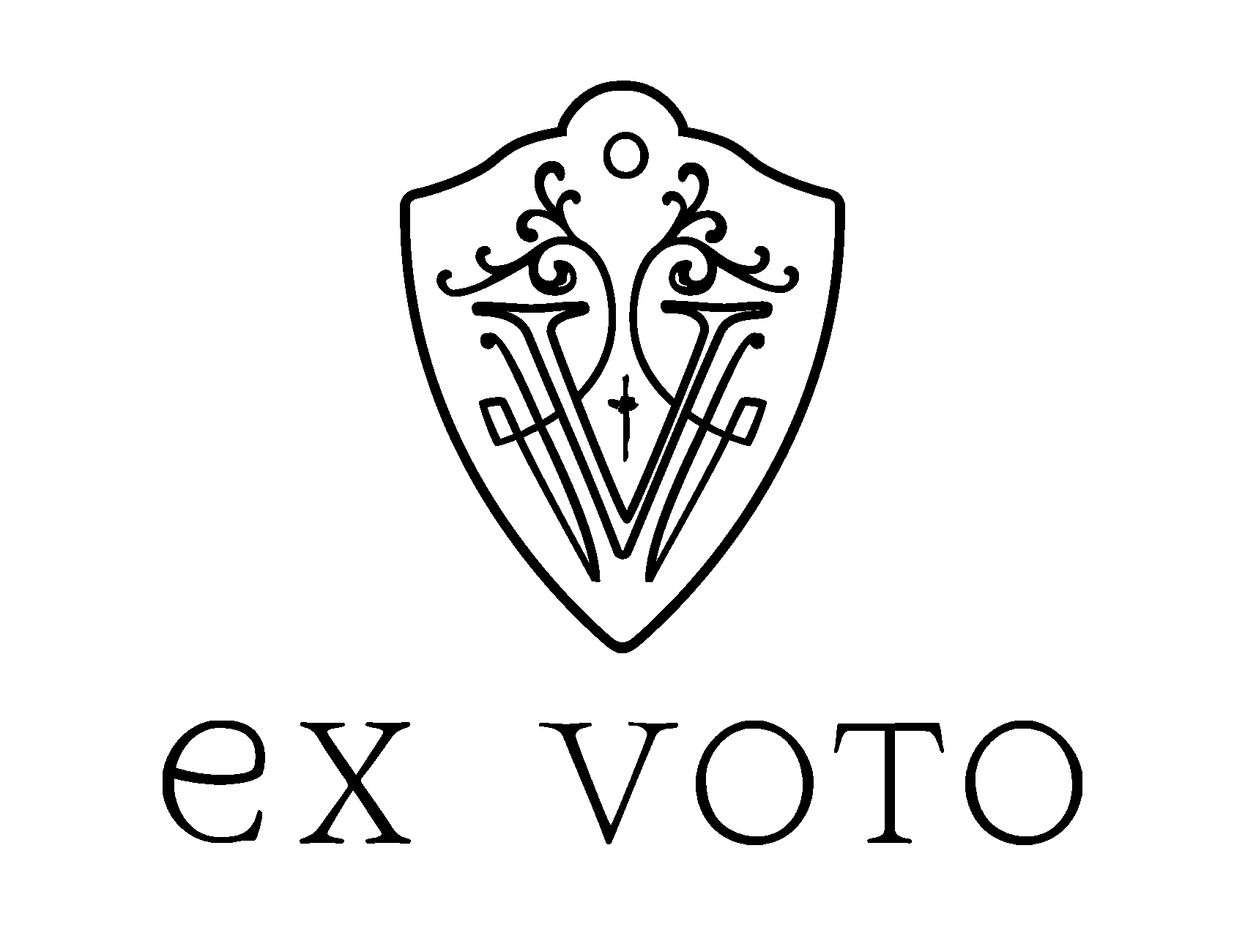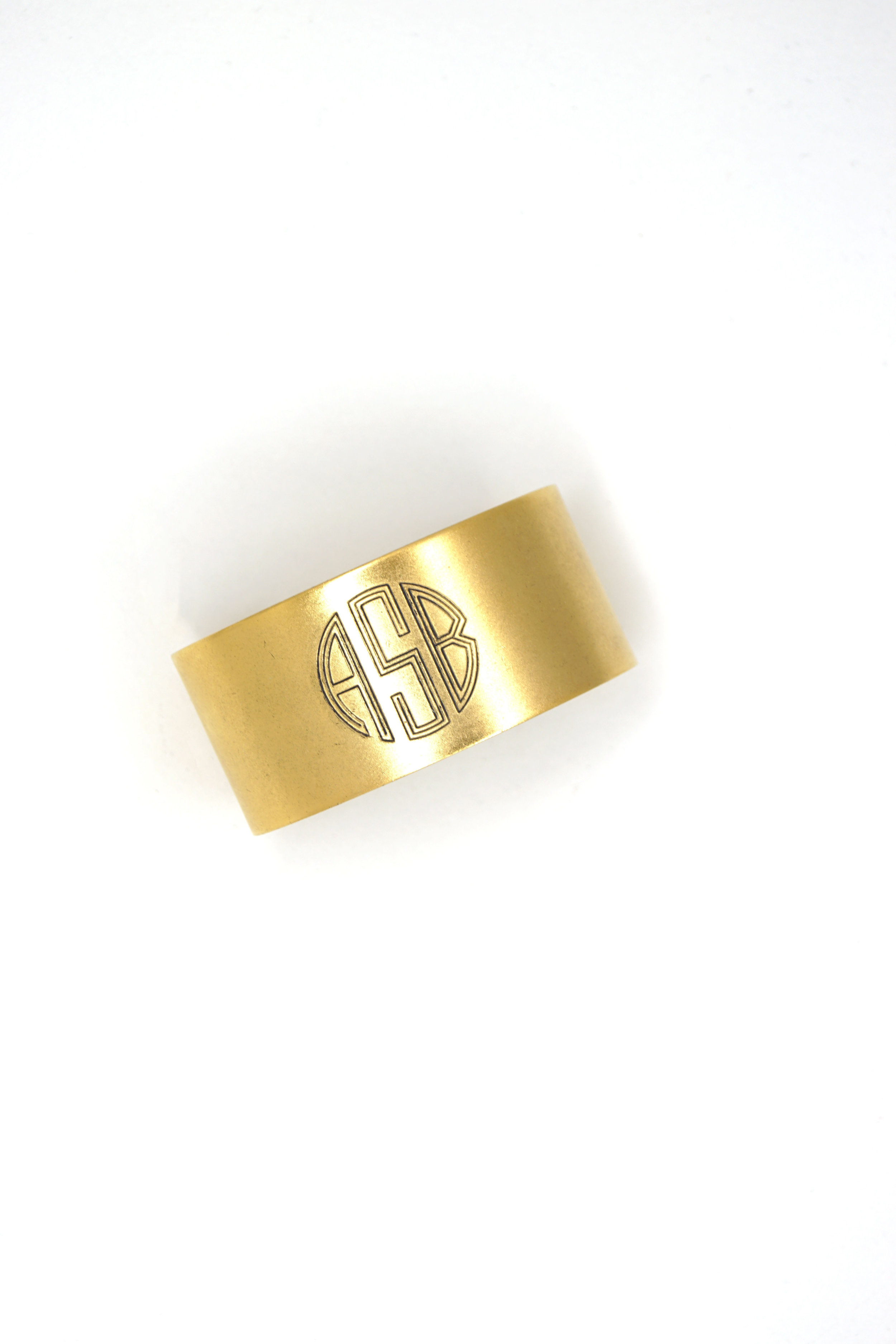The History of the Monogram
The first monograms can be dated back to the Ancient Greeks where monograms were carved on coins and used for royal signatures and seals. In the Middle Ages, artisans began to use their monogram to personalize their work. Monograms became especially prominent in the lavish Victorian era in both England and the United States. Stylishly designed monograms decorated everything, and they were a way for society ladies to remember whose shawl was who's in the coat rooms. Over time, upper class families began monogramming their table linens and other household goods as a sign of prestige.
As the world entered the mid-20th century, monograms, again, became a fashion hot topic. The single ladies went for traditional monograms with a large last name initial flanked on either side by the first and middle initials. As young women and men paired up, they began sporting a different type of monogram on towels and tissue boxes. Popular wedding gifts included monograms with a large last name initial in the middle with the husband’s first initial on one side and the wife’s on the other.
With growing interest in this age-old practice, monograms are re-emerging in the fashion world. From hats, totes, invitations, shirts, and jewelry, the monogram adds a touch of personalization and individualization.
We offer custom engraved monograms with the traditional format of the surname initial in the middle position and larger in size than the flanking first and middle initials.
Shop our offering of jewelry with custom engraved monograms below:
Mother’s Day Engraving Deadlines:
Place your order before the deadlines to insure your item will be delivered before Mother’s Day!
Hand Engraving Deadline : April 12
Machine Engrave : May 6 (ships via USPS), May 8 (ships via FEDEX)


















